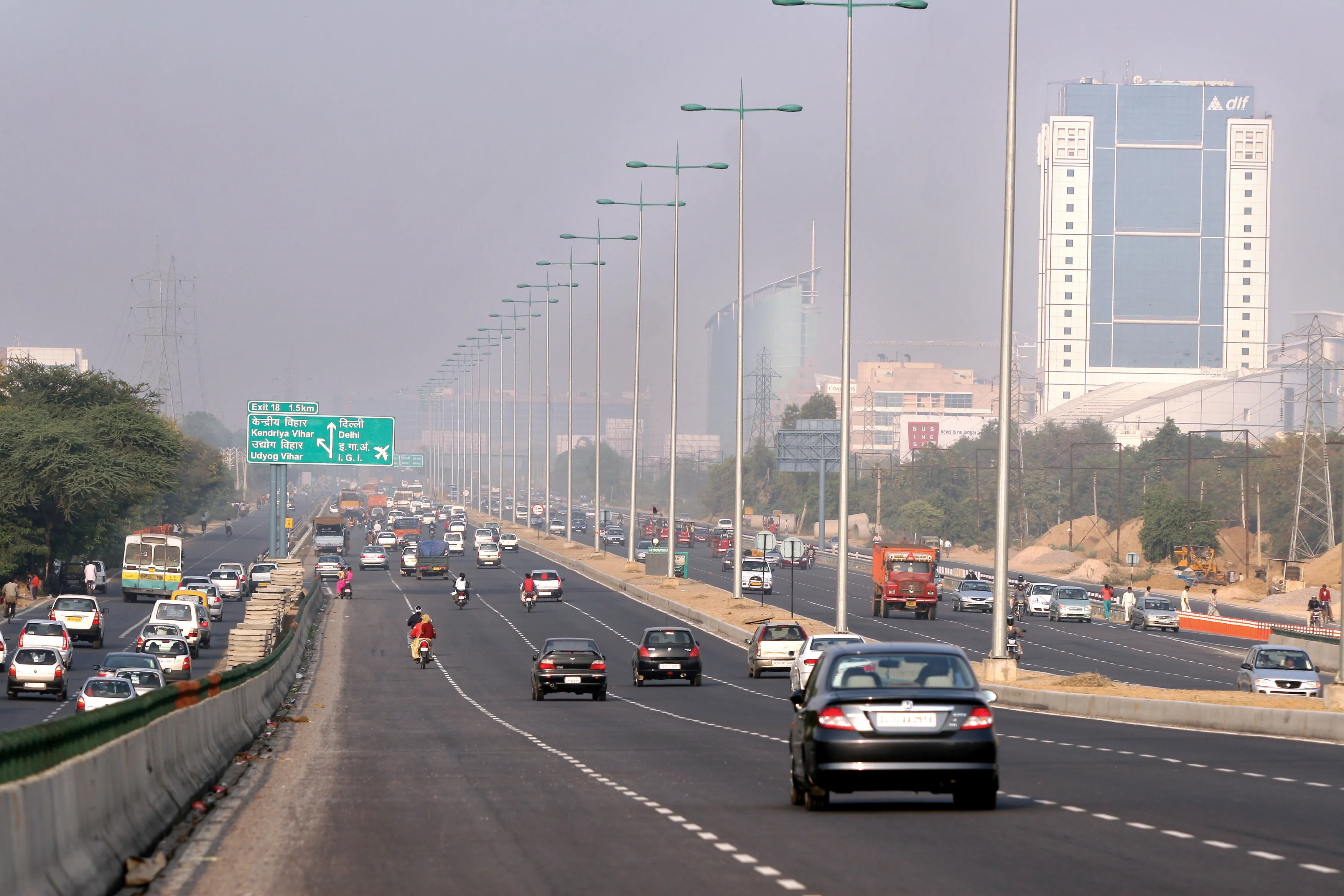A new survey of car crashes cites inattention as the leading cause. The study was carried out by Allianz Global Assistance and the Allianz technical centre and focussed on driver behaviour. The report revealed that around one third of car accidents are due to inattention, with 60% of drivers admitting that using mobile phones while driving is the leading reason for inattention. Meanwhile a further 40% of drivers admitted they talk on the phone while behind the wheel. Even more worryingly, 30% of drivers adm
July 8, 2014
Read time: 2 mins
A new survey of car crashes cites inattention as the leading cause. The study was carried out by 3924 Allianz Global Assistance and the Allianz technical centre and focussed on driver behaviour. The report revealed that around one third of car accidents are due to inattention, with 60% of drivers admitting that using mobile phones while driving is the leading reason for inattention. Meanwhile a further 40% of drivers admitted they talk on the phone while behind the wheel. Even more worryingly, 30% of drivers admitted to looking at emails and texts while driving and 20% send messages while driving. According to Allianz, a hands-free kit is as distracting as a mobile phone and increases the risk of a crash by two to five times. Risks are also increased by the use of GPS, radio and CD players, discussions with other passengers and putting on make-up while driving.







